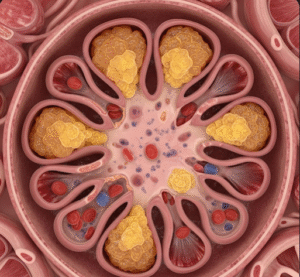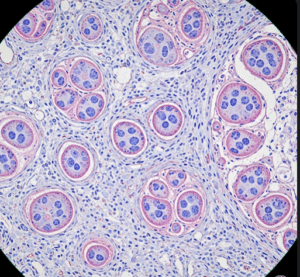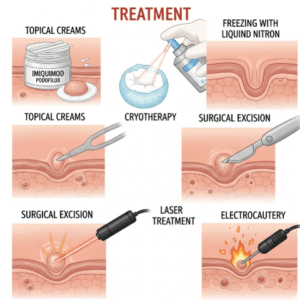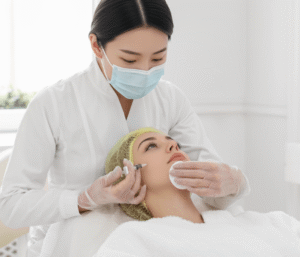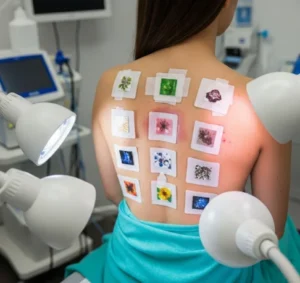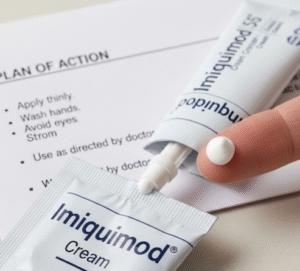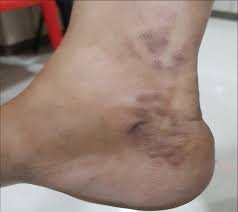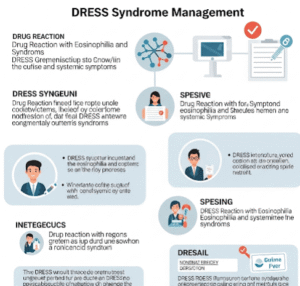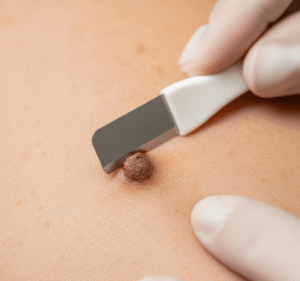Overview
Hysteroscopy is a minimally invasive procedure used to examine and treat the inside of the uterus using a thin, lighted instrument called a hysteroscope. It allows gynecologists to diagnose and treat uterine abnormalities such as fibroids, polyps, adhesions, or structural anomalies without major surgery.
South Korea is recognized for advanced hysteroscopic technology, skilled gynecologists, and precise outpatient procedures, making it a top destination for women seeking safe, effective, and minimally invasive uterine evaluation and treatment.
What is Hysteroscopy?
Hysteroscopy involves:
- Insertion of a hysteroscope through the vagina and cervix into the uterine cavity
- Direct visualization of the uterine lining (endometrium) and uterine cavity structure
- Diagnosis and treatment of uterine conditions in the same procedure, when necessary
Indications include:
- Abnormal uterine bleeding
- Uterine fibroids (submucosal) or polyps
- Congenital uterine anomalies
- Recurrent miscarriage evaluation
- Removal of retained products of conception or adhesions (Asherman’s syndrome)
What are the Benefits?
- Minimally invasive → No abdominal incisions required
- Quick procedure → Typically 15–45 minutes
- Outpatient procedure → Often no overnight hospital stay
- Accurate diagnosis and treatment in the same session
- Reduced recovery time → Most patients resume normal activities within a day or two
- High patient satisfaction due to safety, precision, and minimal discomfort
- Low complication rate compared to open surgical methods
Procedure Details
1) How should I prepare for Hysteroscopy?
- Preoperative evaluation → Blood tests, pelvic ultrasound, and medical history review
- Medication instructions → Stop blood thinners or specific medications as advised
- Fasting → Usually not required for diagnostic hysteroscopy; required if general anesthesia is planned
- Timing → Often scheduled in the early phase of the menstrual cycle for optimal visualization
- Pre-procedure consultation → Discuss the type of hysteroscopy (diagnostic or operative), anesthesia, and recovery plan
2) What happens during the procedure Hysteroscopy?
- Anesthesia → Local, regional, or general anesthesia depending on procedure complexity
- Insertion of hysteroscope → Through the cervix into the uterine cavity
- Uterine assessment → Uterus filled with saline or carbon dioxide to allow clear visualization
- Treatment (if needed) → Fibroids, polyps, or adhesions may be removed using small instruments through the hysteroscope
- Duration → 15–45 minutes depending on whether treatment is performed
- Monitoring → Vital signs continuously observed throughout the procedure
3) What happens after Hysteroscopy?
- Recovery room → Patient monitored until fully alert
- Post-procedure care → Mild cramping or spotting may occur for a few days
- Activity restrictions → Light activity allowed immediately; avoid tampons or sexual activity for 1–2 weeks if operative procedure performed
- Pain management → Over-the-counter analgesics for mild discomfort
- Follow-up visits → Assess procedure success, healing, and symptom resolution
Risks / Benefits
Risks
- ➤ Mild cramping, spotting, or watery discharge
- ➤ Infection (rare)
- ➤ Uterine perforation (very rare, may require additional intervention)
- ➤ Excessive bleeding (rare)
- ➤ Incomplete removal of abnormal tissue requiring repeat procedure
Benefits
- ➤ Minimally invasive with no abdominal incisions
- ➤ Quick recovery and outpatient procedure
- ➤ Accurate diagnosis and treatment in the same session
- ➤ Reduced risk compared to open surgery
- ➤ High safety and patient satisfaction in Korean centers
Recovery and Outlook
- Immediate recovery → Mild cramping and spotting for a few days
- Return to normal activity → Usually within 1–2 days
- Follow-up care → Ensure healing, monitor for infection, and evaluate symptom improvement
- Long-term outlook → Most patients experience resolution of abnormal bleeding, improved fertility outcomes (if treated), and relief from uterine abnormalities
- Repeat procedures → Rarely needed if abnormal tissue remains
South Korea provides expert post-procedure care, including follow-up consultation, monitoring, and patient education, ensuring optimal outcomes and satisfaction.
When To Call the Doctor
Contact your gynecologist immediately if you notice:
- ⚠️ Heavy or prolonged bleeding
- ⚠️ Severe abdominal pain or cramping not relieved by medication
- ⚠️ Fever, chills, or signs of infection
- ⚠️ Foul-smelling vaginal discharge
- ⚠️ Dizziness or fainting
Best Korea Option / Process
South Korea is a leading destination for hysteroscopy due to:
- Highly skilled gynecologists with advanced hysteroscopic training
- State-of-the-art equipment for both diagnostic and operative hysteroscopy
- Outpatient and short-stay procedures
- Comprehensive post-procedure care and follow-up
- International patient coordination including translation and hospital support
Top Hospitals for Hysteroscopy in Korea:
- Asan Medical Center, Seoul – Expertise in diagnostic and operative hysteroscopy
- Samsung Medical Center – Advanced hysteroscopic treatment for uterine conditions
- Seoul National University Hospital (SNUH) – Comprehensive outpatient care and follow-up
- Yonsei Severance Hospital – High patient satisfaction with minimally invasive gynecologic procedures
👉 For women with abnormal uterine bleeding, fibroids, polyps, or adhesions, Hysteroscopy in Korea offers a safe, effective, and minimally invasive solution with rapid recovery and excellent outcomes.


